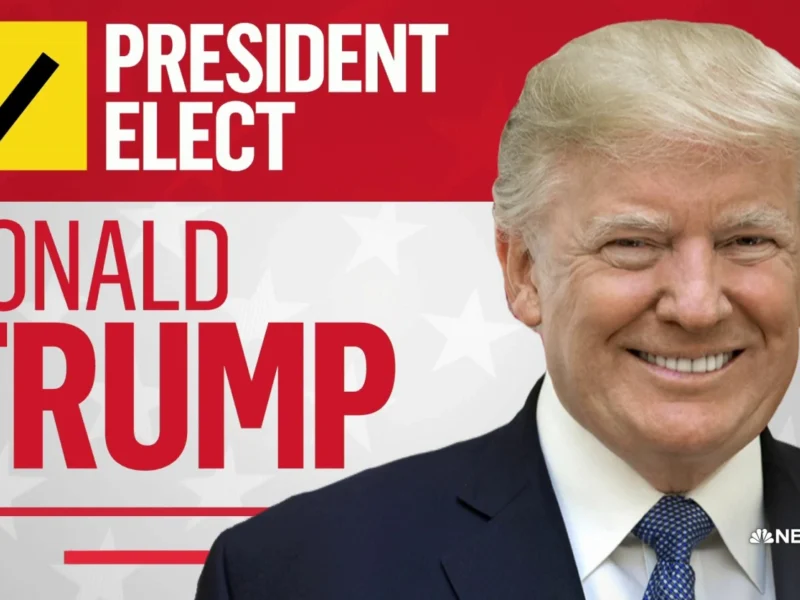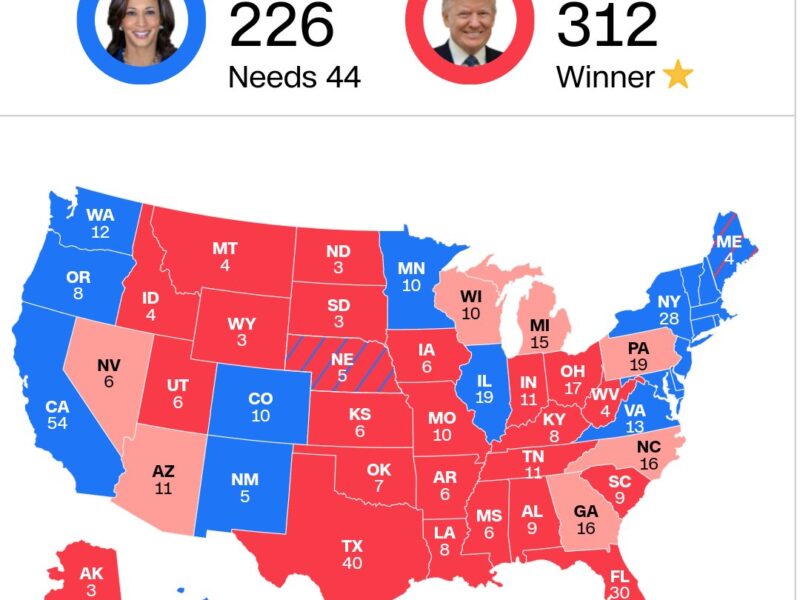Del Beccaro: We Are About to Have a Four-Year Lesson in Anti-Economics
*First published in the Epoch Times
The Biden Presidency is set to begin. After a Trump Presidency that understood and worked with the laws of economics, we are about to endure yet another Democrat presidency that seeks to defy the laws of economics—and with that, Americans will suffer.
As we consider the years in front of us and the policies of the incoming Biden Administration, we should be alarmed at how few people actually believe in economics. I write that because it is plain for everyone to see how many support policies that defy the laws of economics and yet expect good economic outcomes.
At its core, economics is nothing more than the study of human behavior measured over all of time. Across millennia, humans have consistently responded to situations, stimuli, incentives, and the loss of those incentives. The more prominent of those consistent responses are often termed the laws of economics.
Most have heard of the phrase supply and demand.
Over time, the price we pay for items is determined in significant part by the total supply of any given commodity or service matched against the demand for those items. We know that if the demand rises for any given goods or services the prices tend to rise. As demand eases, so too do prices. A lack of supply, all other things being equal, will tend to push prices higher whereas a bountiful supply will tend to push them lower.
The reason for that dynamic is contained in a more basic law of economics that is called the law of demand. Investopedia will tell you that “The law of demand states that quantity purchased varies inversely with price.”
In other words, the more something costs, the less of it you tend to get. Ford outsells Rolls Royces largely due to Ford’s lower price. More $30,000 cars are sold than $300,000 cars. The same holds true for blue jeans and houses.
Incredibly, most of our politicians fail to understand that the law of demand applies to the whole of the economy, including jobs, income, and economic growth as a whole. That core economic principle applies to the whole economy, not just jeans and cars.
So, when income tax rates are raised, that is, the cost on income is raised, by economic law, that is a disincentive that exerts a downward pressure on the amount of income people make and/or report. When wages are “raised” by government mandate, that is, the minimum wage, that results in a downward pressure on hiring because jobs now cost more.
In our short history, we have now had five major tax reforms, the 1920s, ’60s, ’80s, 2000s, and in late 2017. Each time, our economy had weak growth or less when the tax reform was proposed. Each time, with incentives to make income increased, the economy expanded, jobs increased, incomes rose, and tax revenues as well. No better example of that exists than when our tax rates were cut in the 1920s from a top rate of 77 percent to 25 percent and growth exploded, that is, the Roaring ’20s, as money previously parked in tax-free instruments was put to work in the economy after incentives were restored.
By the same token, as Thomas Sowell has labored to teach us for decades, government minimum wage increases—consistent with the law of demand—result in job losses.
In 2017, the Trump Administration championed major tax reform. The never-growthers that don’t believe in economics told us that America was forever stuck in a land of weak economic growth that can’t exceed 3 percent ever again. However, the Trump tax reform restored incentives, money flowed back into the economy, and, as I predicted in December of 2017, in the second quarter of 2018, growth exceeded 4 percent. Overall, growth after the tax cuts exceeded the expectations of the never-growthers.
Many of those never-growthers were in the Obama Administration. They engaged in a war on energy by increasing the costs on coal and other items. They imposed regulations throughout the economy including those that were part of Obamacare. Overall, the tax and regulatory burden on the economy rose (on top of decades of an increasing burden on the economy of taxes and regulations).
No one should have been surprised that the economy performed so poorly under Obama. The average growth rate under Obama for his presidency was around 2 percent. That was not because he was handed a bad economy, but because, on top of that bad economy, he raised the tax and regulatory burden on the economy.
The laws of economics doomed his program, as I predicted in July of 2008, when I said that for so long as he is president, we shall have a relatively weak economy. Why? The laws of economics.
As the Biden Presidency begins, we know he is going to pursue the same higher tax and much higher regulatory policies of the Obama years. He is demanding a higher minimum wage and some form of a Green New deal, that is, policies that will increase the costs of energy not to mention income tax increases.
The net result will be to increase the costs on the economy already suffering from COVID losses, and a world economy beleaguered by a huge increase in poverty. The result of the Biden policies will be weaker economic growth than what could have been. Overall, it will be yet another lesson in the laws of economics brought to us by those who don’t believe in economics.







